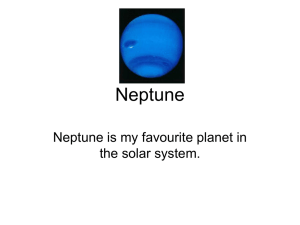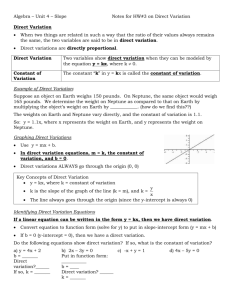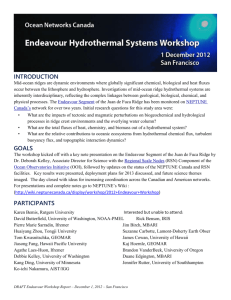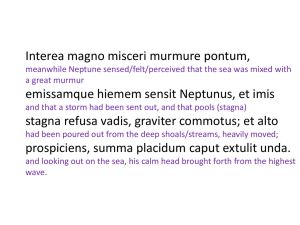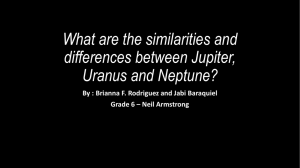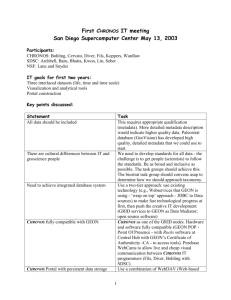Supplementary Appendix 10.
advertisement
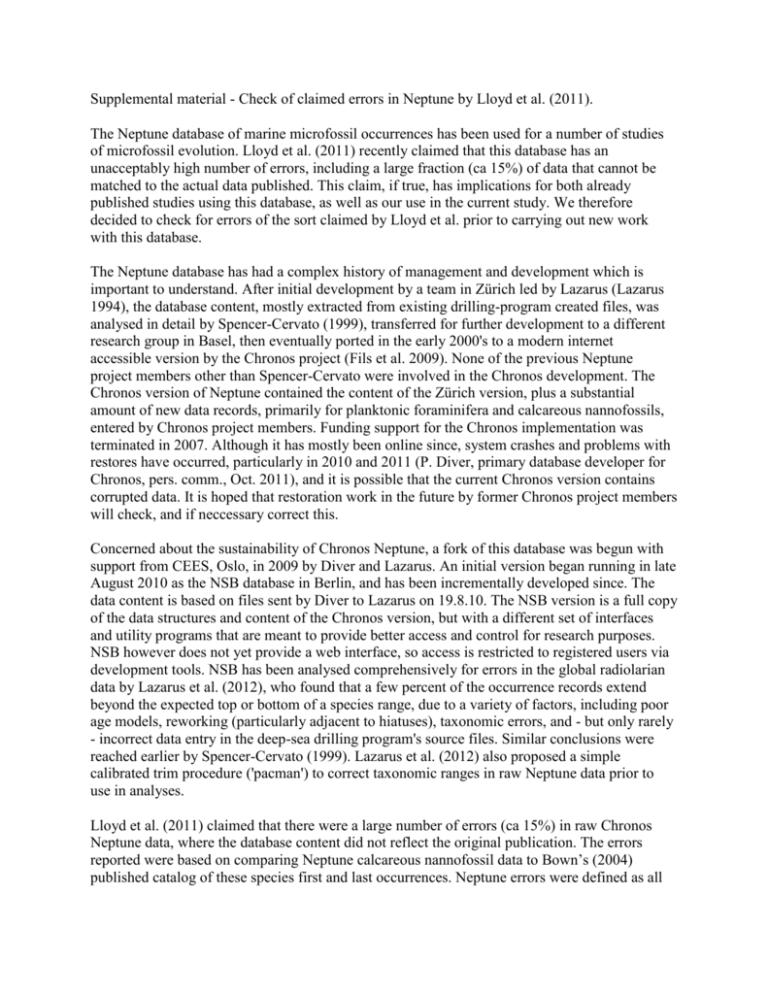
Supplemental material - Check of claimed errors in Neptune by Lloyd et al. (2011).
The Neptune database of marine microfossil occurrences has been used for a number of studies
of microfossil evolution. Lloyd et al. (2011) recently claimed that this database has an
unacceptably high number of errors, including a large fraction (ca 15%) of data that cannot be
matched to the actual data published. This claim, if true, has implications for both already
published studies using this database, as well as our use in the current study. We therefore
decided to check for errors of the sort claimed by Lloyd et al. prior to carrying out new work
with this database.
The Neptune database has had a complex history of management and development which is
important to understand. After initial development by a team in Zürich led by Lazarus (Lazarus
1994), the database content, mostly extracted from existing drilling-program created files, was
analysed in detail by Spencer-Cervato (1999), transferred for further development to a different
research group in Basel, then eventually ported in the early 2000's to a modern internet
accessible version by the Chronos project (Fils et al. 2009). None of the previous Neptune
project members other than Spencer-Cervato were involved in the Chronos development. The
Chronos version of Neptune contained the content of the Zürich version, plus a substantial
amount of new data records, primarily for planktonic foraminifera and calcareous nannofossils,
entered by Chronos project members. Funding support for the Chronos implementation was
terminated in 2007. Although it has mostly been online since, system crashes and problems with
restores have occurred, particularly in 2010 and 2011 (P. Diver, primary database developer for
Chronos, pers. comm., Oct. 2011), and it is possible that the current Chronos version contains
corrupted data. It is hoped that restoration work in the future by former Chronos project members
will check, and if neccessary correct this.
Concerned about the sustainability of Chronos Neptune, a fork of this database was begun with
support from CEES, Oslo, in 2009 by Diver and Lazarus. An initial version began running in late
August 2010 as the NSB database in Berlin, and has been incrementally developed since. The
data content is based on files sent by Diver to Lazarus on 19.8.10. The NSB version is a full copy
of the data structures and content of the Chronos version, but with a different set of interfaces
and utility programs that are meant to provide better access and control for research purposes.
NSB however does not yet provide a web interface, so access is restricted to registered users via
development tools. NSB has been analysed comprehensively for errors in the global radiolarian
data by Lazarus et al. (2012), who found that a few percent of the occurrence records extend
beyond the expected top or bottom of a species range, due to a variety of factors, including poor
age models, reworking (particularly adjacent to hiatuses), taxonomic errors, and - but only rarely
- incorrect data entry in the deep-sea drilling program's source files. Similar conclusions were
reached earlier by Spencer-Cervato (1999). Lazarus et al. (2012) also proposed a simple
calibrated trim procedure ('pacman') to correct taxonomic ranges in raw Neptune data prior to
use in analyses.
Lloyd et al. (2011) claimed that there were a large number of errors (ca 15%) in raw Chronos
Neptune data, where the database content did not reflect the original publication. The errors
reported were based on comparing Neptune calcareous nannofossil data to Bown’s (2004)
published catalog of these species first and last occurrences. Neptune errors were defined as all
range end extensions in Neptune vs the Bown catalog. These were calculated, to biostratigraphic
zonal resolution, for species in individual Neptune sections. The analysis was restricted to
sections from the Atlantic. This method is similar in principle to that used by Lazarus et al.
(2012), who used published species ranges for radiolarian biostratigraphic markers to indentify
errors in Neptune occurrence data. Lloyd kindly provided the junior author in the fall of 2010
with a list of their claimed errors. The list consists of 1107 records. Many of these are phantom
records created by variant taxa names and are therefore grouped by Lloyd into 495 numbered
errors. These errors in turn are clustered at at least two levels - multiple errors are often recorded
for a single species range in a single section (anywhere from 1 to 6 errors per taxon/section), and
some sections have a disproportionate number of errors/records, often from the same depth level
in the section.
We selected, at random, a subset of these errors and compared them to the content of the NSB
database and to the actual original publications of the DSDP and ODP programs. Our results
(Table 1) do not confirm the presence in NSB of anything like the number of errors claimed by
Lloyd et al. (2011). In the large majority of ‘errors’ checked, the NSB database content is an
accurate copy of the published occurrence data for the species and no primary error exists. Only
two of the ca 20 taxa ranges checked had significant data entry errors (and these two were the
result of a single crossed entry of primary data from adjacent rows in a range chart). Given that,
even according to Lloyd et al. (2011), >80% of species ranges are correct in individual sections
in Neptune, and that, by our estimate, a fraction of 18/20, or ca 90% of the claimed 20%
remaining error is not in fact erroneous, we estimate that <2% of the ranges for species in
sections are significantly incorrectly entered in Neptune. Although for some sections in Neptune,
it is possible that age model uncertainties may have resulted in minor stratigraphic range
extensions, or that reworking may have significantly displaced taxa in certain depth intervals,
this is not true for all sections in which Lloyd report ‘errors’, as some of the sections have
excellent age models and lack hiatuses. Further, we found instances of ‘errors’ in the Lloyd
listing for sections that are not even contained in the NSB database. Lastly, a high content of
erroneous data is incompatible with the results of Lazarus (2012), although the analyses are
based on different microfossil groups.
We cannot explain why Lloyd et al. (2011) found such a large number of errors in their analysis
of Neptune data. Possibilities include use of a corrupted Chronos Neptune data file (see
comments on the history of this implementation above) or an error in the error analysis itself. In
any event, we do not believe that the NSB database used in our study has an unacceptably high
level of error, although we fully agree with the desirability of continued improvement in all
aspects of data content, particularly better age models and more complete occurrence recording
(Lazarus 2011), and the use of methods such as pacman (Lazarus et al. 2012) to remove outliers
is also valuable.
